I am relatively new in SVG drawing with HTML5.
What I want to do is to make a group of elements in SVG with g element so that all elements inside of that g element can work like a group and all the element's base x and y value can be received from the upper g element.
So, what I have done is something like this-
<svg width="500" height="300" xmlns="http://www.w3.org/2000/svg">
<g x="1000" y="1000">
<title>SVG Title Demo example</title>
<rect width="200" height="50"
style="fill:wheat; stroke:blue; stroke-width:1px"/>
<text style="text-anchor: middle;" class="small">My Text</text>
</g>
</svg>What I expected is all the elements inside the g element will get x="1000" and y="1000" so my expected output is like this-
But I am getting this-
Re-
I don't like to set x and y element in text element. I just want to set relative x and y into the text element if needed, but that should be relative to g element.
Can anyone help me what I need to do to achieve my target with a group in SVG?

